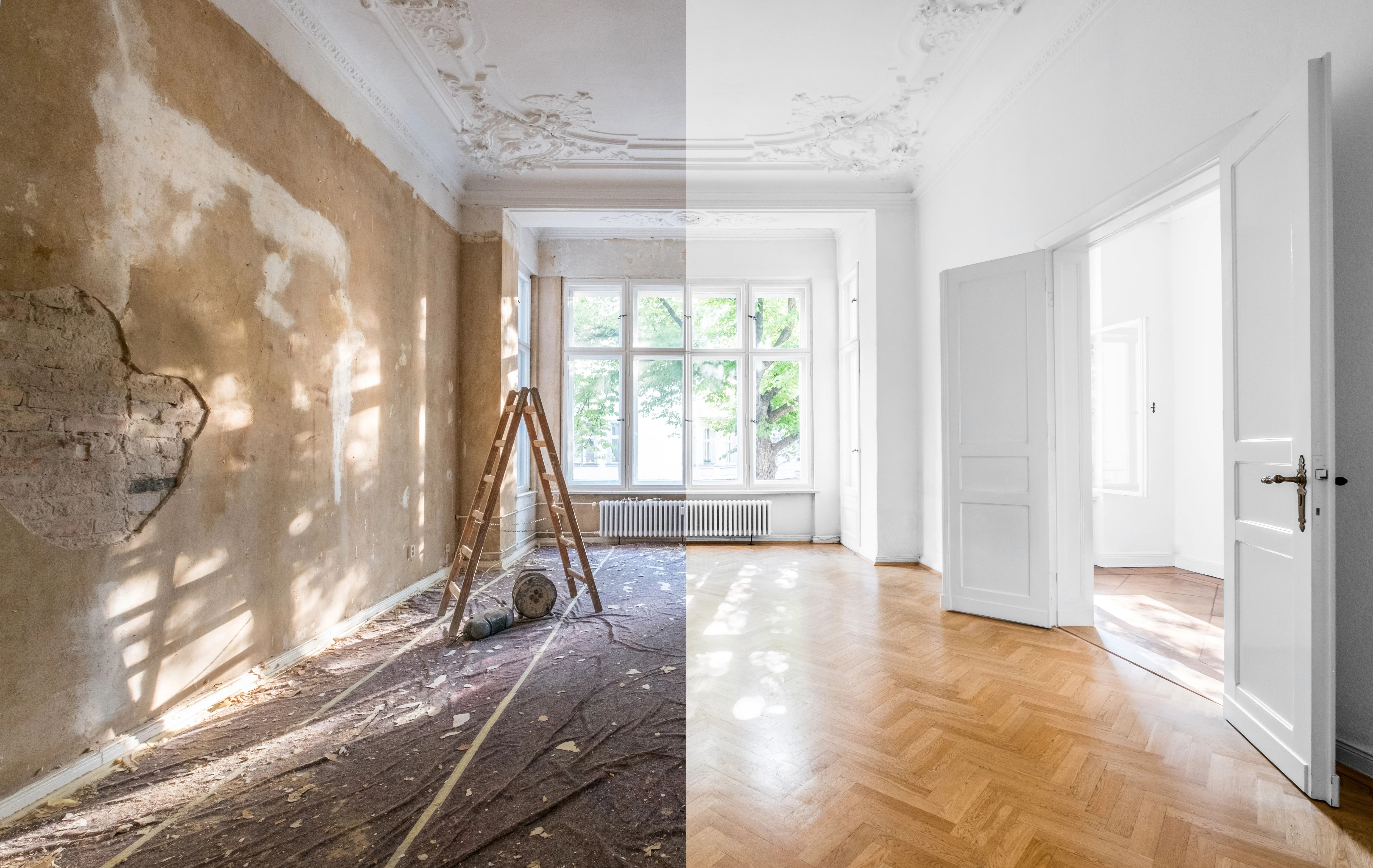4. Redfin
Of the many homebuying apps, Redfin is the best if you’re looking to save a buck. It offers lower real estate agent commission fees for people who both buy and sell with Redfin. It also features the Redfin Refund, in which you can receive a portion of the Redfin Agent’s commission back after purchase; you can then apply this money to your home’s closing costs. The app and website are easy to navigate, and scheduling virtual or in-person tours with a Redfin Agent is as simple as a few clicks of a button. Before going on a home tour, learn the best questions to ask your REALTOR®.
5. Homesnap
Homesnap is one of the best sites for homebuying for those who like photography with their house hunt. When you take a picture of a home through the app, Homesnap will use real-time data to provide you with information about the home, its history, and its price range using multiple listing services as well as public records—taking it a step beyond Realtor.com. Homesnap’s built-in messaging tool makes it easy to share home listings with your friends and family. The app provides commute and public transportation details, and its intuitive, easy-to-follow design means that even the most technologically unsavvy should be able to find their dream home without issue.
6. Rocket Homes
A great real estate site for those who need financial assistance in their house hunt, Rocket Homes provides a variety of home listings while helping you set up your mortgage application. The app even has a free credit score tracking report option so that you know if you are prepared to invest in a new home. Although Rocket Homes does not offer many reductions in lender fees or mortgage rates, the app’s streamlined documentation process and financial tools make it worthwhile for anyone trying to buy a home.
Once I Choose a Home, What’s Next?

Using one of these top real estate sites to choose your new home is only the beginning. Check out the Home Matters blog from American Home Shield® to discover tips for first-time homebuyers and more extensive homebuying resources and guides.
To help make homebuying and homeowning easy, we also provide helpful guides on expected pre-paid costs when buying a home, using home equity loans, and buying a home when you have student loans.





